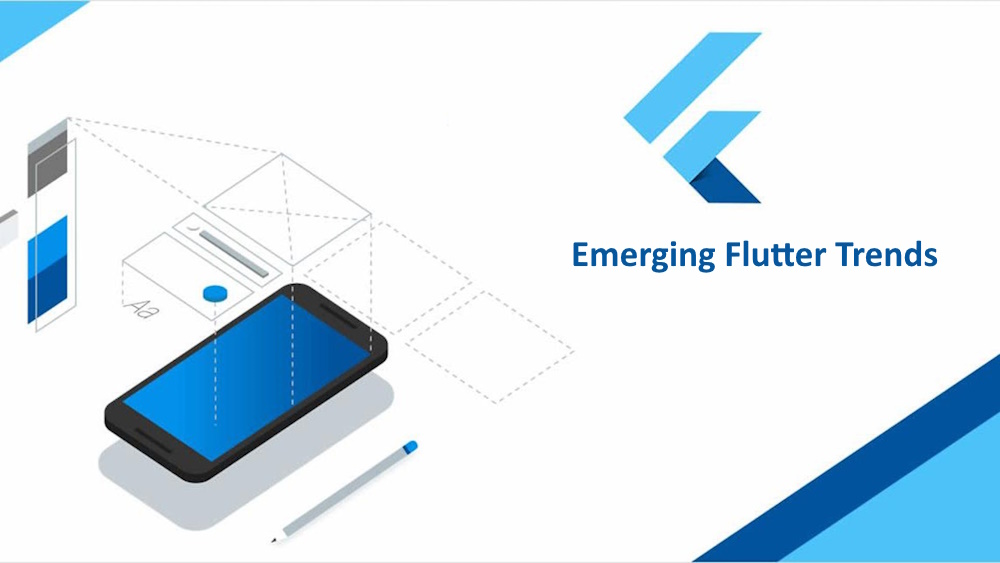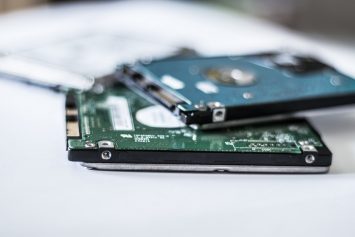Flutter has been rapidly making its mark in the world of app development, delivering high-performance, beautifully designed applications. With its growing popularity, it is critical for developers to stay informed about the latest trends in Flutter development. In this blog, we will discuss some of the emerging trends in Flutter that every developer should know.
The Rise of Null Safety
Null Safety is a significant leap forward in the realm of Flutter. This new feature helps developers avoid null reference exceptions, a common error in many programming languages. Null Safety boosts the productivity of developers and creates more reliable, robust applications. The feature is currently in its beta stage, and developers are eagerly waiting for it to become stable.
- Error Reduction: With Null Safety, there’s a significant decrease in the number of null reference exceptions, which are common and problematic in many programming languages.
- Increased Productivity: The feature allows developers to identify and fix potential issues during the development phase, thus increasing productivity by reducing debugging time.
- Reliable Applications: Null Safety aids in creating more reliable and robust applications, as it greatly minimizes the risk of null reference exceptions in production.
- Awaiting Stability: Currently, Null Safety is in its beta stage, and the developer community is eagerly waiting for its stable release.
Flutter for Web
The introduction of Flutter for the Web has opened up a whole new spectrum of possibilities. The ability to write code once and deploy it on multiple platforms, including the web, is a game-changer. There are numerous cases of successful applications built using Flutter for the Web, demonstrating its vast potential in web development.
- Portability: With Flutter for Web, developers can write code once and deploy it across multiple platforms, including mobile and web. This cross-platform capability significantly reduces development time and effort.
- Performance: Flutter for Web provides high performance, rivaling that of native applications. The framework is optimized for fast, fluid experiences on the web platform.
- Rich UI: Flutter for Web supports a rich, customizable UI, enabling the creation of visually stunning web applications. Developers can leverage numerous widgets and tools to design an interactive user interface.
- Future-Proof: The introduction of Flutter for the Web is in line with the rising trend of cross-platform development, making it a future-proof choice for developers. Its ongoing enhancements and strong community support ensure its relevance in the evolving tech landscape.
Integration of AI and ML with Flutter
Artificial Intelligence (AI) and Machine Learning (ML) have become integral to modern app development. Flutter provides a conducive environment for integrating AI and ML, allowing developers to create more intelligent and intuitive applications.
- Ease of Integration: Integrating AI and ML with Flutter is straightforward, thanks to available libraries and packages like TensorFlow Lite. These tools simplify the process, enabling developers to bring the power of machine learning to their applications with ease.
- Enhanced Functionality: The inclusion of AI and ML in Flutter applications can significantly enhance the app’s functionality. From predictive text and voice recognition to image analysis and personalization features, these technologies can provide a more engaging user experience.
- Real-time Interaction: AI and ML can facilitate real-time interaction in apps, making them more responsive and user-friendly. This can include features like chatbots and virtual assistants.
- Data Analysis: ML algorithms can help in analyzing user behavior data, which can be used to improve the app’s design or interface and deliver a more customized experience to users.
- Increased Efficiency: AI and ML can automate routine tasks within the app, leading to increased efficiency and a more streamlined user experience.
The Adoption of Flutter for Desktop
While Flutter is primarily associated with mobile app development, its utility for desktop applications is becoming increasingly apparent. As this trend continues, we can expect to see more desktop applications built with Flutter in the future.
- Cross-Platform Compatibility: With the advent of Flutter for desktop, developers can create applications that are compatible across mobile and desktop platforms, allowing for wider reach and availability.
- Uniform UI/UX: Flutter allows for a consistent and uniform user interface and experience across different platforms. This means that an application will look and function similarly whether it’s running on a mobile device or a desktop.
- Faster Development Process: Flutter’s hot reload feature enables developers to see the effects of their changes almost instantly, making the development process quicker and more efficient.
- Access to Native Features: Flutter offers direct access to native features, which facilitates the building of more complex, feature-rich applications.
- Economic Feasibility: With cross-platform capabilities, Flutter for desktops can significantly reduce development time and cost, as developers do not have to write separate code for different platforms.
Flutter’s Increased Use in IoT
Flutter is carving out a niche for itself in the Internet of Things (IoT) applications. IoT devices with user interfaces built using Flutter are already out there, with many more to come.
- Integration with Cloud Platforms: Flutter enables seamless integration with popular cloud platforms, enhancing the data management capabilities of IoT applications.
- Real-time Data Streaming: Due to its efficient and robust architecture, Flutter is well-suited to handle real-time data streaming, a crucial requirement in IoT applications.
- Smooth User Interface: The user interfaces for IoT applications built with Flutter are not only attractive but also highly responsive, providing users with a smooth experience.
- Hardware Compatibility: Flutter’s compatibility with a wide range of hardware components makes it an ideal choice for IoT applications, which often require interfacing with various hardware devices.
- Scalability: Flutter’s architecture supports building scalable IoT applications capable of handling a large number of connected devices without compromising performance.
Flutter Trends: The Future of App Development
The Flutter development ecosystem is swiftly evolving, continually setting trends that promise to redefine the future of app development. As developers, staying in sync with these cutting-edge Flutter trends enables us to fully harness the power of Flutter and deliver superior applications. Remember, the future stands ready for those who are prepared. If you haven’t delved into the extensive array of possibilities that Flutter presents, now is the time.
Flutter provides a multitude of features and resources backed by Google and a growing community. Which when navigated skillfully, can unlock the framework’s full potential. Its rising prominence in IoT applications positions Flutter as a game-changer, set to transform not just mobile app development, but the broader technology landscape. The question is, why wait? Explore the boundless potential of Flutter today by building your next IoT app.
Keep up with our blog for more insights into Flutter trends and other emergent technologies. Unleash the power of Flutter and explore the limitless opportunities that await.
Conclusion
The rapidly evolving world of Flutter development is shaping the future of app development. Staying abreast of the latest trends will help developers fully leverage the capabilities of Flutter and deliver top-notch applications. Remember, the future belongs to those who prepare for it today. So, if you haven’t already, it’s time to start exploring the endless possibilities of Flutter! Navigating through the various features and resources provided by Google and the ever-growing community will prove to be beneficial in unleashing the full potential of this powerful framework.
With its increased use in IoT applications, it’s clear that Flutter is set to revolutionize not just mobile app development, but the entire technology landscape. So why wait? Start building your next IoT application with Flutter today and witness the limitless possibilities it offers. Happy coding! Stay updated with our blog for more insights into the world of Flutter development and other emerging technologies.




